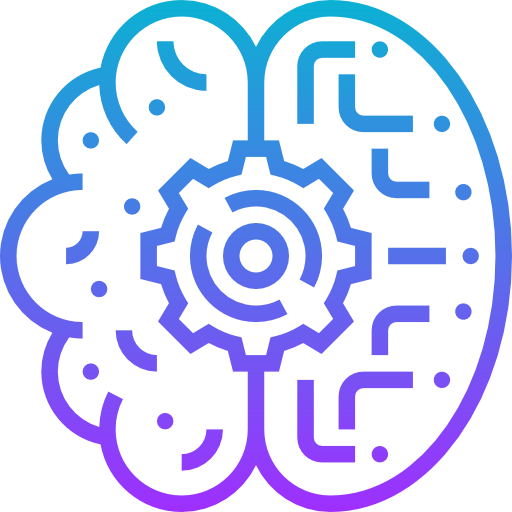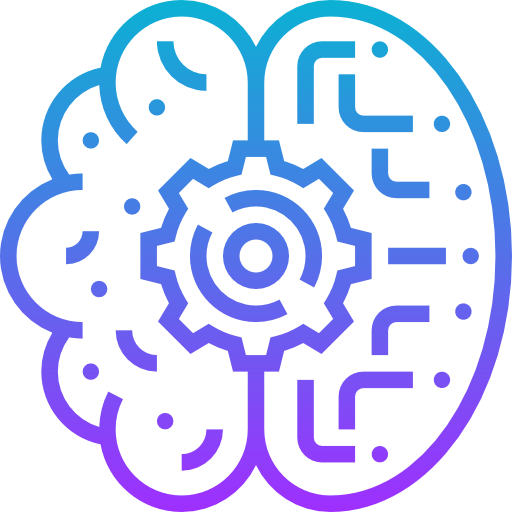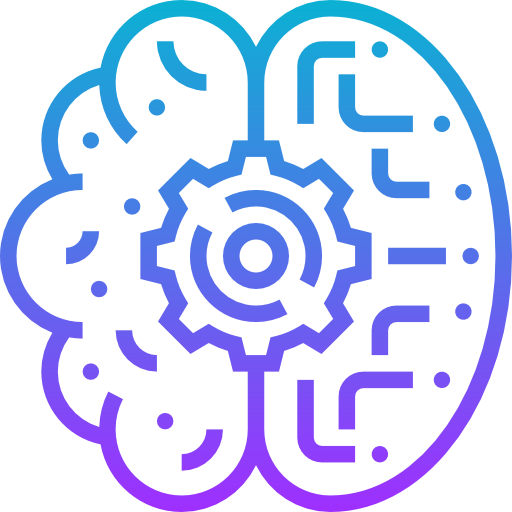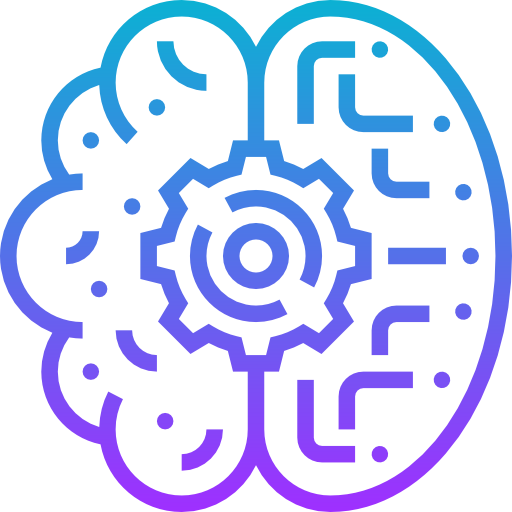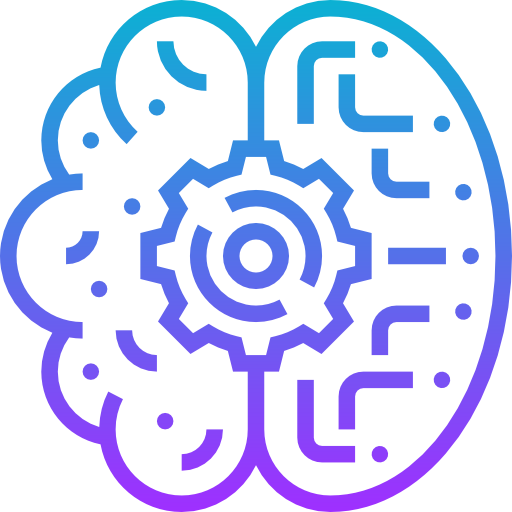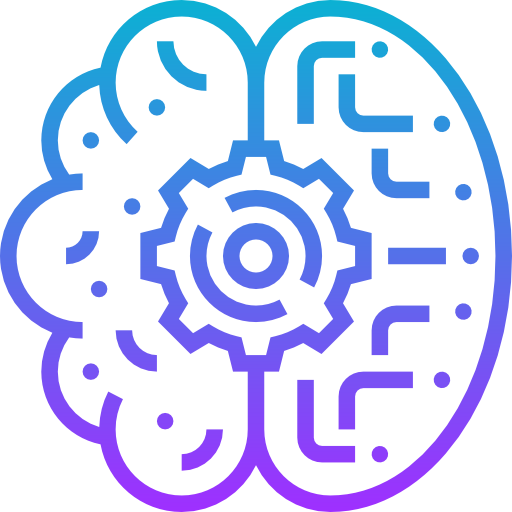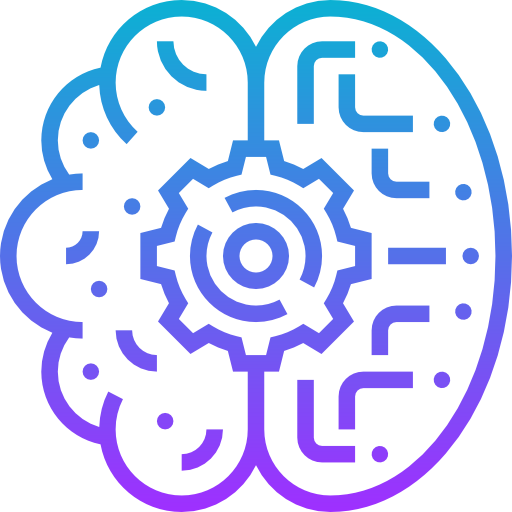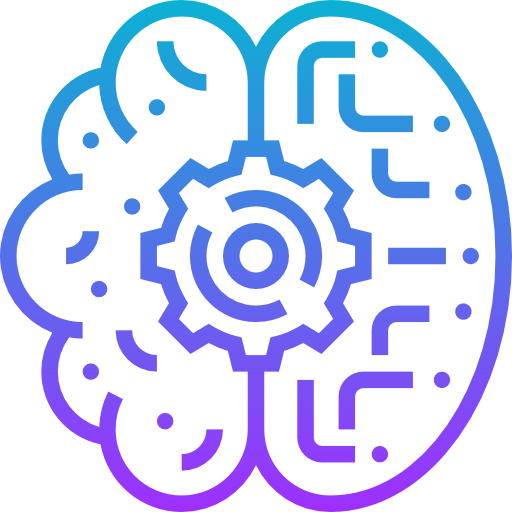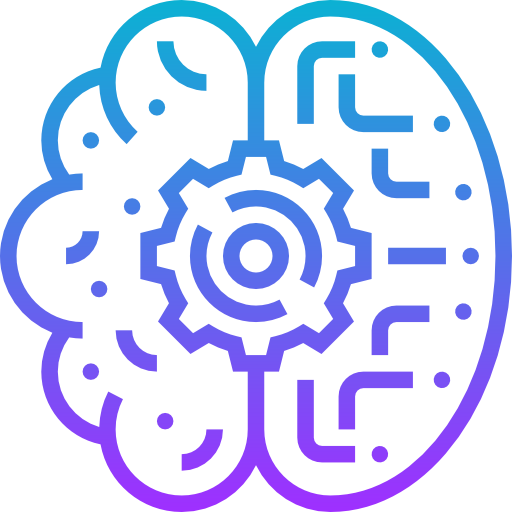Doctor's Guide to GenAI: Which Tools to Use and How to Use Them Wisely!
How Doctors Should use GenAI and Which Service They Should Use? Breaking Down AI for Doctors!
Table of Content
Hey there, fellow healers and curious minds! As a medical doctor who also dabbles in coding, I’ve been logging and publishing about open-source AI resources for years now. My goal? To enrich communities with tools that can make our lives easier—especially in healthcare. But let me tell you, navigating this new world of Generative AI (GenAI) isn’t always easy.
There’s so much jargon flying around—LLMs, RAGs, reasoning models, AI agents—it’s enough to give anyone a headache!
Lately, my doctor friends and colleagues have been bombarding me with questions. “Which model should I use?” “How do I write the perfect prompt?” “What about patient privacy?” And honestly, I get it. It’s overwhelming.
So, I decided to break things down into bite-sized chunks, share practical solutions, and help you feel confident integrating AI into your practice. Let’s dive in!
Why I Care About Open-Source AI
Before we jump into specifics, let me share something personal. Over the years, I’ve spent countless hours exploring open-source AI resources because I believe they hold the key to leveling the playing field. These tools aren’t locked behind expensive paywalls; they’re accessible to everyone—from solo practitioners to large hospitals.
By sharing these resources, I hope to empower doctors like you to harness the power of AI without breaking the bank.
But here’s the thing: while open-source tools are amazing, they can be tricky to set up and understand. That’s why I’m here—to demystify them and show you how they can fit seamlessly into your workflow.
Breaking Down Key Concepts
1. LLMs (Large Language Models): Your Go-To Assistant
Think of LLMs as super-smart assistants trained on tons of text data from the internet. They’re great at understanding what you mean and generating coherent responses. Some popular ones include:
- GPT-4 by OpenAI
- Llama 2 by Meta
- PaLM 2 by Google
For doctors, LLMs can summarize patient records, draft emails, or even explain complicated medical terms in plain language. But remember, they’re not perfect—they don’t always know the latest guidelines or specialized knowledge unless fine-tuned.
2. Reasoning Models: Smarter Thinking Machines
Reasoning models take things a step further. They don’t just generate text; they think logically and solve problems. For instance:
- Med-PaLM by Google is designed specifically for medical reasoning. Imagine having a virtual colleague who can interpret lab results, suggest differential diagnoses, or recommend treatments based on evidence.
- Flan-T5 excels at multi-step reasoning, making it ideal for complex cases where you need to weigh multiple factors.
These models are game-changers for doctors because they mimic human thought processes, helping us make better decisions faster.
3. RAGs (Retrieval-Augmented Generation): Always Up-to-Date
RAG combines retrieval and generation to ensure accuracy. Instead of relying solely on pre-trained knowledge, RAG systems fetch relevant information from external databases or documents before generating an answer.
Imagine asking, “What are the latest treatments for diabetes?” A RAG system would pull real-time data from clinical trials or journals instead of spitting out outdated info. In healthcare, staying current is everything—and RAG helps us do just that.
4. AI Agents: Your Virtual Sidekick
AI agents are autonomous programs that perform specific tasks for you. Think of them as personalized assistants tailored to your needs. For example:
- An agent could monitor patient vitals, alert you to critical changes, or even schedule follow-up appointments.
- Or, it could automate repetitive tasks like filling out forms or updating EHRs, freeing up more time for patient care.

Why You Should Run LLMs Locally (And How to Do It)
Now, let’s talk about one of my favorite topics: running LLMs locally. Why bother? Here’s why:
- Privacy First : When you run models locally, you keep patient data under lock and key. No cloud servers, no third-party access—just you and your trusted machine.
- Full Control : Customize every aspect of the model to suit your practice. Need it to focus on pediatric care? Fine-tune it!
- No Internet Required : Work offline without worrying about connectivity issues.
Getting started is easier than you think. Here’s how:
- Use platforms like Hugging Face Transformers to download and run open-source models directly on your computer.
- Try LangChain , which lets you build custom applications with local LLMs.
- Experiment with LLaMA , Meta’s powerful open-source model that runs smoothly on most machines.
Trust me, once you start running models locally, you’ll wonder how you ever lived without them!
In the following a series of posts that we write about open-source and free solutions to run LLMs locally:

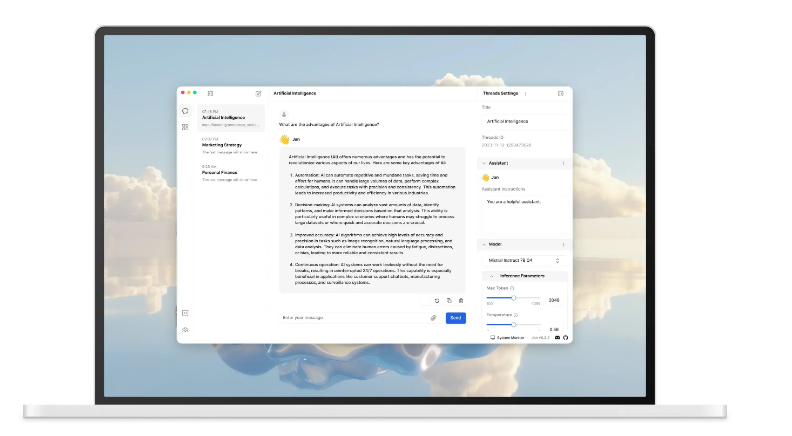

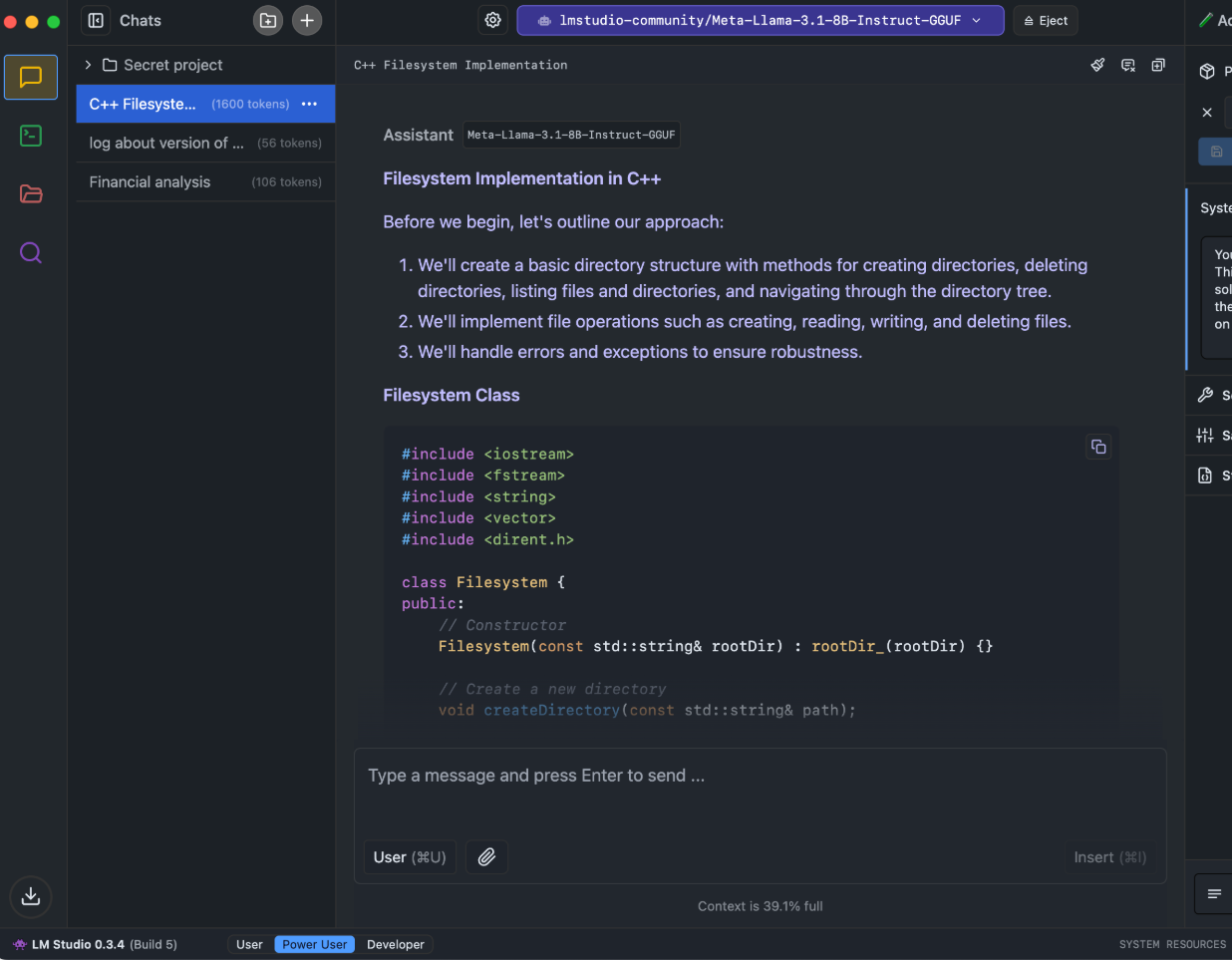
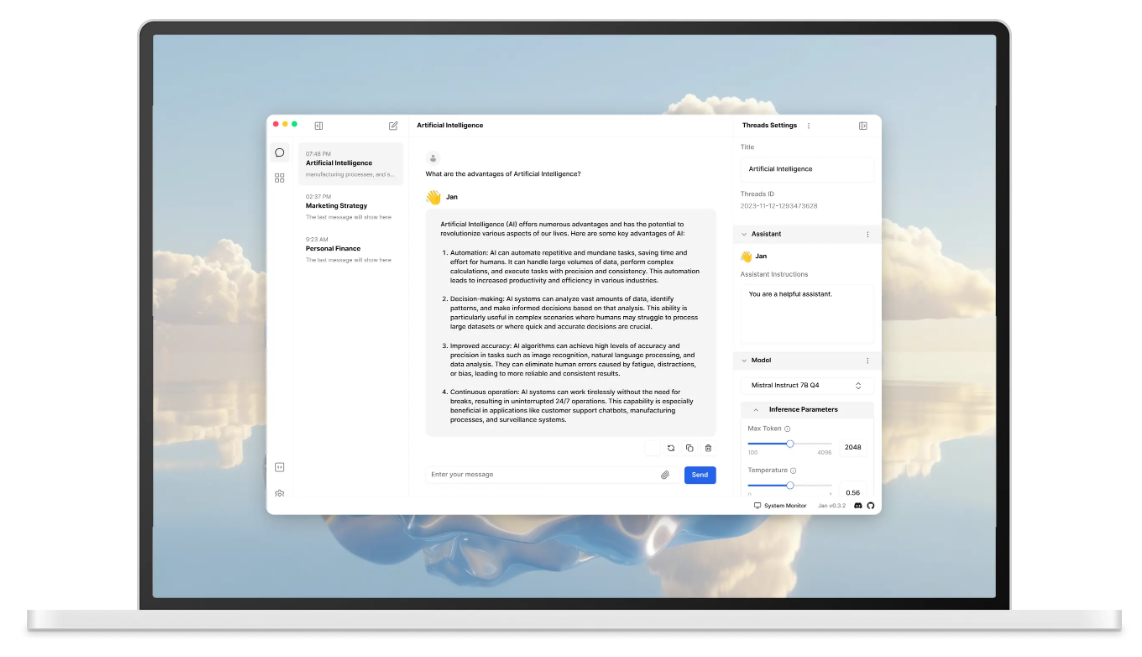
Which AI Service Is Right for You?
Choosing the right tool depends on what you need. Here are some recommendations:
For General Medical Queries:
- Med-PaLM by Google: Perfect for quick medical reasoning and decision-making.
- ChatGPT with Plugins : Great for summarizing notes, writing reports, or answering general questions.
For Research and Evidence-Based Medicine:
- PubMedGPT : Trained on biomedical literature, it’s your go-to for finding studies and articles.
- Semantic Scholar : Another fantastic resource for digging into scientific papers.
For Patient Engagement:
- Ada Health : Offers symptom-checking tools and personalized health advice.
- Buoy Health : Guides patients through self-diagnosis and triage, reducing unnecessary visits.
For Workflow Automation:
- Notion AI : Helps organize notes and create documentation effortlessly.
- DocQAI : Automates EHR entry, saving you precious time.
Building AI Agents for Healthcare
If you’re feeling adventurous, consider building your own AI agent. Trust me, it’s not as hard as it sounds! With tools like LangChain or Rasa , you can create conversational agents that:
- Answer patient questions instantly.
- Remind patients about medication schedules.
- Send follow-up messages after appointments.
- Alert you to urgent changes in a patient’s condition.
Imagine having a digital assistant that handles all the little things, leaving you free to focus on what matters most—your patients.
However, you do not have to do this as there are several open-source easy solutions to write and build your own AI Agent:

If you are interested to read about integrating AI in Healthcare:

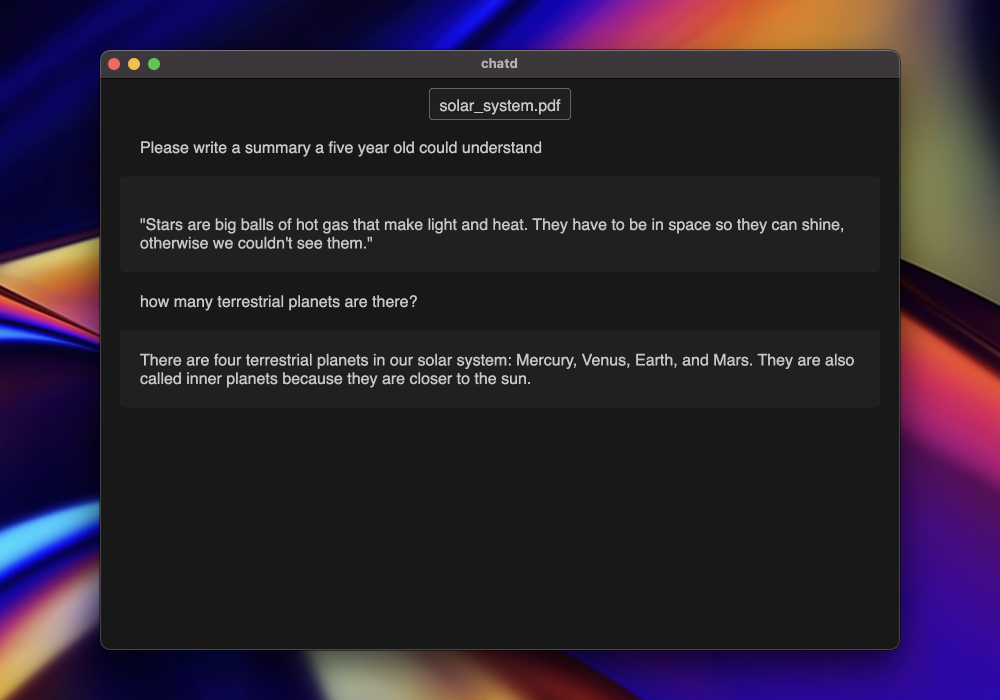
AI for Patient Satisfaction
Let’s face it: happy patients lead to successful practices. AI can play a huge role in boosting satisfaction:
- Personalized Communication : Tailor messages to each patient’s preferences.
- Virtual Assistants : Provide instant answers to common questions, reducing wait times.
- Sentiment Analysis : Monitor feedback to identify areas for improvement.
- Remote Monitoring : Keep tabs on patient progress between visits using wearables and AI analytics.
By leveraging AI, you can offer a level of care that feels truly personal and attentive.
ChatGPT Alternatives
If you're looking to explore the world of generative AI without spending a dime, you're in luck! Below is a list of some of the best free or open-source alternatives to ChatGPT. From powerful large language models to lightweight conversational agents, these tools offer a variety of features and use cases. Whether you're a developer, researcher, or just someone curious about AI, this list has something for everyone. Let's dive in!
1. Vicuna 🗣️
A fine-tuned version of Llama, optimized for conversational tasks. Lightweight and perfect for chatbot development. Vicuna is part of FastChat which is an open-source platform for training, serving, and evaluating large language model based chatbots.
2. Llama 2 by Meta 🔬
Open-source LLMs available in different sizes. Free for research and commercial use under certain conditions.
3. Qwen by Alibaba Cloud 🌐
Alibaba's multilingual LLM, offering free access through its chat interface. Great for reasoning, coding, and creative writing.
4. DeepSeek 💻
Powerful open-source LLMs with strong performance for various tasks. Free to use via Hugging Face.
5. Nomic-AI Gemini ✨
Free-to-use LLM service with no registration required. Simple web-based interface for quick experimentation.
6. StableLM by Stability AI 🎭
Versatile open-source LLMs. Free for non-commercial use and great for diverse applications.
7. RedPajama by Together 🤝
Open-source LLMs developed collaboratively. Easy to deploy locally or via cloud platforms.
8. WizardLM 🧙♂️
Instruction-tuned LLM based on Llama, designed for conversational tasks. Free to use and highly effective.
9. MPT (MosaicML) 📊
Efficient and lightweight LLMs designed for low-resource environments. Free for inference and fine-tuning.
10. Falcon by TII 🚀
Fast and accurate open-source LLMs. Free for non-commercial use and ideal for high-performance tasks.
11. StarCoder 💡
- Code-focused LLM ideal for generating code snippets. Free and open-source for developers.
12. OpenAssistant 🌱
Community-driven open-source conversational agent. Perfect for experimentation and customization.
These tools are your gateway to exploring the incredible potential of generative AI. Whether you're building a chatbot, automating tasks, or simply having fun with AI-generated content, there's an option here for every need!
Addressing Privacy Concerns
Patient privacy is sacred, and we must protect it at all costs. To ensure compliance:
- Use secure, HIPAA-compliant platforms whenever possible.
- Avoid sharing sensitive data with third-party services unless absolutely necessary.
- Consider running models locally to maintain full control over your data.
- Regularly review your data access policies and train your team on best practices.
Remember, technology is only as good as the trust it inspires. Prioritize transparency and communication with your patients.
Final Thoughts
The world of GenAI is exciting but daunting. Don’t worry if you don’t have all the answers yet—we’re all learning together. Focus on how you apply AI rather than obsessing over the perfect prompt. Experiment with different tools, find what works for you, and never forget the importance of patient safety and privacy.
We consulted several healthcare service providers to bring you actionable insights and recommendations. If you have any questions or need guidance, drop me a line—I’d love to help! Together, we can unlock the full potential of AI in medicine and make life better for both doctors and patients.
Stay curious, stay compassionate, and keep healing. 💙


